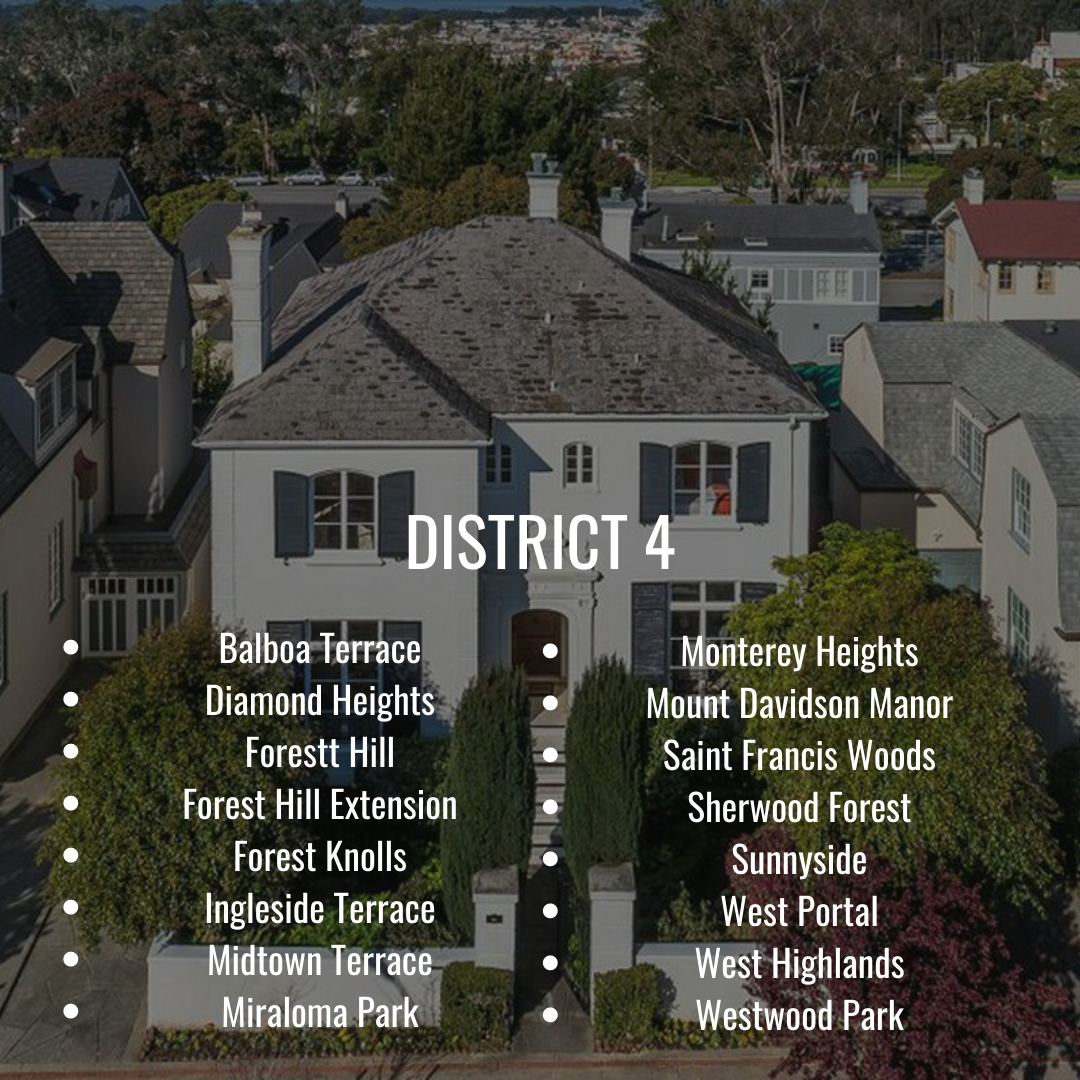As an alternative to working with an experienced real estate agent, you might consider selling your home yourself; however, if you choose this option be prepared for a lot of work! It can and has been done before, of course, but if you don’t have the time and energy to commit to it (or need to sell in a hurry), this option might not be for you.
If selling your home on your own sounds like too much work, you might want to consider assist-to-sell programs, which most agent offer and can include yard signs, a marketing strategy and flyers at a very reasonable cost to you. Nine out of ten times, most do not have the time or the resources that a real estate agent may have, so it is best to use someone that is fully committed to selling your property, has access to a wide variety of resources and is focused on getting the highest price possible for the sale of your property.
Whether you choose to use a real estate agent or not, you still need to do your homework! The following is a checklist to help walk you through the process:
Know the property.
If you are not already, become familiar with such facts about your property as property taxes, zoning, lot size, square footage, etc. Look at the terms of your existing loan.
research the current market and property laws in your area.
How much are properties similar to yours selling for? What are the terms of the sales? What property disclosure laws do you need to take into consideration?
Set the price.
Once you know the specifics about your home and have checked out what similar properties in your area are selling for, set a realistic price.
determine financing alternatives.
Contact lenders in your area to determine what the options are for your prospective buyer. You want to be informed before they ask, or your lack of knowledge may turn them off from dealing with you.
Perform a “walk-through” of your property.
Look at it from the perspective of both the prospective buyer and the inspector. Take notes on all items that need to be repaired or replaced. Things to consider include:
Outside:
Does it need a new coat of paint (either because the old paint is obviously cracked or faded, or because of an uncommon choice in color that might turn of prospective buyers)?
If a house with a yard, is the lawn and landscaping attractive and well-kept?
If it is a condo, you can’t do much about the building, but is the front door (and balcony, if there is one) appealing?
Are the windows and doors attractive and in good condition?
Are the roof (and the gutters) in good condition?
Is the grass nicely cut, are the hedges trimmed, are the leaves swept up? Are all toys put away such as bikes, scooters, etc.?
inside:
Are the interior paints and finishes in good condition (recently updated), or do they need to be freshened up? This is one area with the best ratio of least expensive to most desired. For a minimal investment, you could possibly make or break a sale by having your home look well-kept and inviting.
Are the appliances in good working order and of recent vintage?
Are the plumbing and electrical systems in good condition? Are they fully functional?
Are the carpets or other floor clean and in good condition? Like the paint, are they attractive and well-kept? Floor coverings are worth paying for so that you home makes a good impression?
Are the sealants (sink, shower, tub, windows) in good condition?
Are the light fixtures working properly, and is there good lighting in each room so that prospective buyers won’t think you’re hiding something?
know your neighborhood.
Most prospective buyers will want to know about the local schools, shopping, parks, transportation, etc. Be prepared so you can knowledgeably answer their questions.
Establish a marketing budget.
How much are you willing to spend to sell your house?
Real estate commission if you use an agency to sell.
Advertising costs, signs, other fees if you plan to sell by owner.
Attorney, closing agent and other professional fees.
Excise tax for the sale.
Prorated costs for your share of annual expenses, such as property taxes, home owner association fees, and fuel tank rentals.
Any other fees typically paid by the seller in your area (surveys, inspections, etc.).
Real estate agents deal with transactions every day and can give you a very close estimate of seller closing costs.
investigate the real estate sections of local newspapers and other publications.
What will get you the most “bang for your buck?” Are there “throwaway” (I.e., free) real estate publications in your area that accept ads from individual sellers? In the local paper(s), is it better (in your area) to run a text-only classified, or do they have “photo boxes” where you can run both text and a photo of your property?
Don’t forget the internet
As you probably noticed from the website you have found this article on, most agents have their own website, which includes their clients’ listings as well as the entire MLS search. If you work with an agent, your property will most likely be placed on their web site (if they have one) and on the full MLS search as part of the services they will offer you. If the real estate agent’s website you are currently viewing does not service your area, log onto www.agentwebpros.com to find an agent who will be able to list your property on their website.
In addition, some newspapers automatically (or for an extra fee) offer Internet advertising tied in to their traditional print ads. Learn the rates and deadlines for each publication, then decide which one (or more) is best for you and your market.
establish a marketing plan
Now that you know what advertising will cost, create a plan on how to best (within your budget) reach prospective buyers, both local and out-of-town. Since many people do relocation from a distance, be sure to include Internet advertising in your plan. If your town is large enough, the “local” newspaper might have a national edition that you want to place your ad in, at least periodically.
write the text and/or design your ad
At the very least, you will need a well-written few sentences that will run as a classified ad or a photo box ad. In addition, you might decide to run a larger, custom-designed ad in the paper and/or to use as flyers to hand out at open houses (or anywhere else you might meet prospective buyers). Don’t skimp on this. A professional, well-crafted ad can attract buyers while a poorly designed and executed one can turn buyers off to your property. Even if you do not have full service agent representation, you may consider assist-to-sell, which some agents offer at a lower price.
purchase and install a “for sale” sign
This should be well-designed, attractive and weatherproof. The sign must be placed where it can clearly be seen from the street. If you are working with an agent, he or she will most likely provide the sign to you.
prepare a fact sheet
Design a single sheet description of your property listing the features and benefits that will draw in prospective buyers. This should be attractive and professional looking. Have enough copies on hand to give out at open house showings. Again, if you are working with an agent, he or she will most likely do this on your behalf.
purchase “open house” signs
Make sure that they include a place to write the address of your property and date/time of the open house. In addition to one for the front yard, you’ll want to place several in conspicuous locations around the neighborhood, such as main streets leading to your house. For these, directional arrows can point prospective buyers to your house even if they don’t know the area. Make sure that you take these signs down as soon as the open house is over. You don’t want people showing up on your doorstep at all hours of the day and night.
Set up a schedule of open houses
While most are held on the weekend, this is not convenient for all buyers. Make sure that you coordinate your print advertising to include information about your next open house.
keep a list of prospective buyers
As people come through during open houses, or as they call from reading your ads or seeing the sign out front, keep a list with their names and phone numbers. Concentrate your attention on those who seem serious about your property, as opposed to those who are just checking out the neighborhood or whiling away a Sunday afternoon. Make sure that you make follow up telephone calls to all those who seem seriously interested in your property.
once you have an offer, it’s time to negotiate
Leave your emotions behind when you enter negotiations. You never want to get angry or give away the fact that you’re overly eager.
get your forms in order
A number of forms are required for the legal sale of your property. In addition to the contract of purchase and any counteroffers, there are approximately 20 other forms that the seller is required to provide to the buyer. It is necessary to review the contract carefully to determine when these forms/documents are due and what the buyer’s rights are once they receive the document. The form and content of many of these documents are prescribed by state or federal law and must be adhered to in their entirety. The proper forms may be obtained from your local Board of Realtors or from your real estate agent who is representing you.
negotiate final terms of the sale
Buyer(s) need to come to an agreement (in writing) regarding the following:
Price
Inspection contingencies
Financing terms
Date of closing
Date of possession
It would be prudent for you to have an attorney review any and all contracts before the deal is finalized
final walk-through
When both the buyer(s) and a witness can be present, schedule a final walk-through before you complete settlement in order to determine that the property being conveyed meets the expectations of all parties involved.
find and make arrangements for the home you will be moving to
Unless you have already built or bought a new residence, you’ll need to be the “buyer” for a new property while simultaneously being the “seller” for your current one. If possible, schedule both transactions to close at the same time, or else close your purchase shortly before closing your sale. You need to be moved out before the new owners take possession.


































